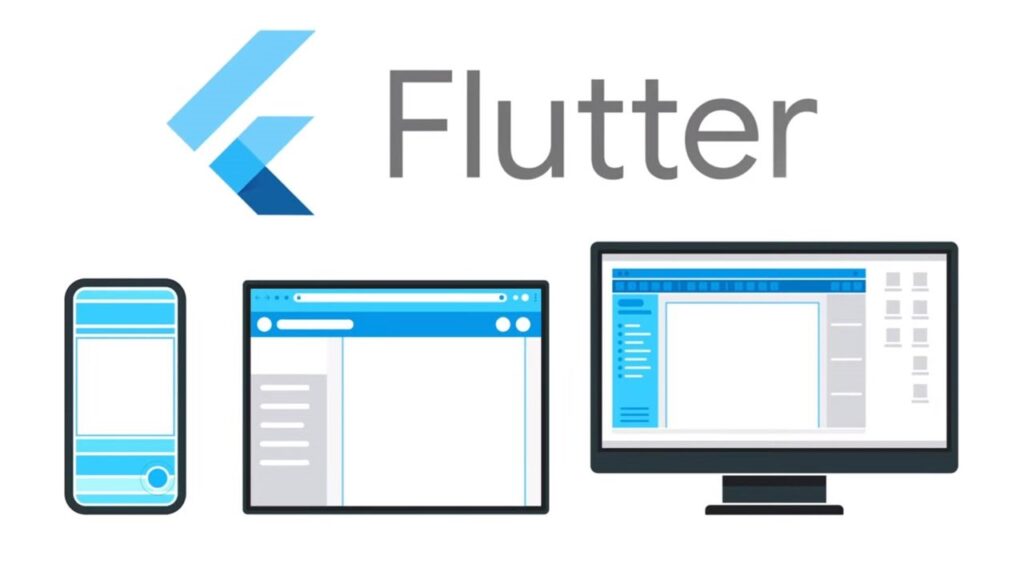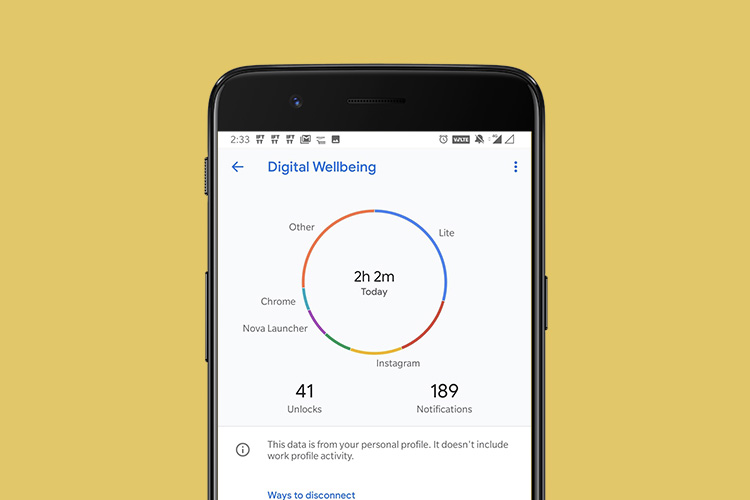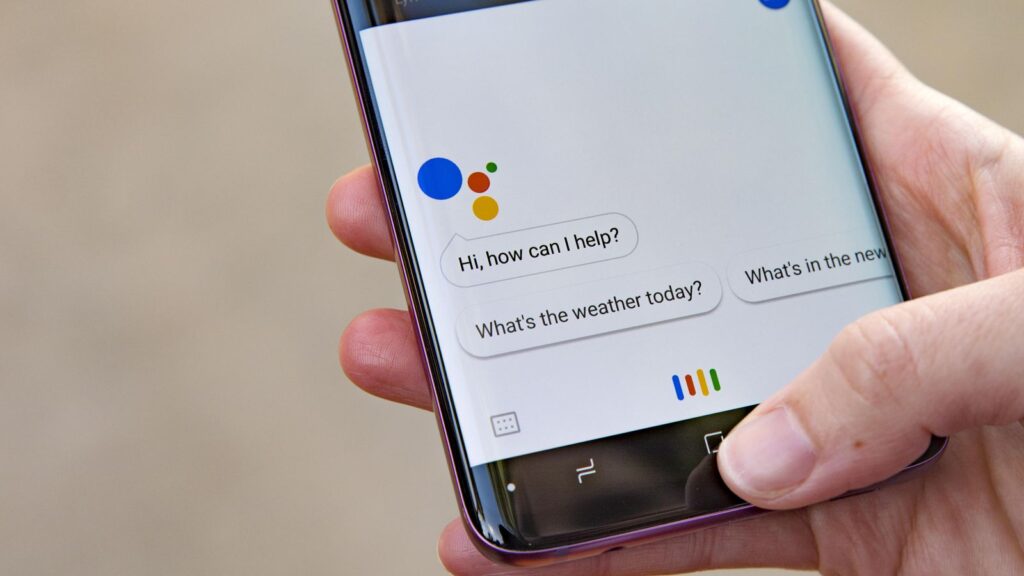18th century was the start of technology and invention era, the time when technology was being shaped and invented. And now it is the 21st century when we are getting shaped up by these technologies and inventions. Mobile applications being one of the major influencers, in today’s world.
As we all know in this covid19 situation i.e. the lockdown season many companies have adapted virtual business environment which maintains or even boosts their revenue generation. At the same time it has even affected many industries, many different audience and many different organizations.
Note: During the break of Covid19, This is also our social responsibility to maintain the social distancing and follow the strict guidelines delivered by Government of India. COVID 19 has given the industry a great hit-back. Stay safe and avoid socializing in the wake of this awaked pandemic.
Here in this article we will discuss on how mobile application development trends are shaping up during this lockdown season.
Let’s get right onto it.
- FLUTTER

Flutter is an open-source UI software development kit created by Google. It is used to develop applications for Android, iOS, Windows, Mac, Linux, Google Fuchsia and the web.
On May 6, 2020, the Dart SDK in version 2.8 and the Flutter in version 1.17.0 were released, where support was added to the Metal API, greatly improving performance on iOS devices (approximately 50%), new Material widgets, in addition new network tracking tools and much more.
- DIGITAL WELL-BEING

Digital Wellbeing is Google’s initiative to help you understand your tech usage and help take back control of your life .Digital Wellbeing, then, is just one part of a bigger home remedy to help treat that root issue.
Digital Wellbeing is a feature which shows apps dashboard through which one can see how much time any application opened and also swiping to different screens allows you to see breakdowns by day, by hour and by app.
- ARTIFICIAL INTELLIGENCE ASSITANT

A virtual assistant, also called AI assistant or digital assistant is an application program that understands natural language voice commands and completes tasks for the user.
For example: Users primarily interact with the Google Assistant through natural voice, though keyboard input is also supported. In the same nature and manner as Google Now, the Assistant is able to search the Internet, schedule events and alarms, adjust hardware settings on the user’s device, and show information from the user’s Google account. Google has also announced that the Assistant will be able to identify objects and gather visual information through the device’s camera, and support purchasing products and sending money, as well as identifying songs.
CONCLUSION
There are many more changing mobile application trends going through these time, which make facilities way more available than before. There are many more enhancements coming up from these trends.


 WhatsApp us
WhatsApp us